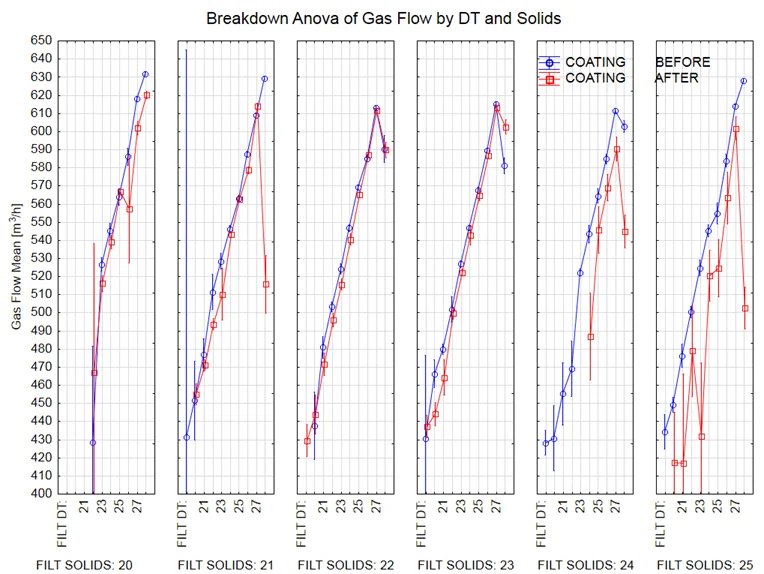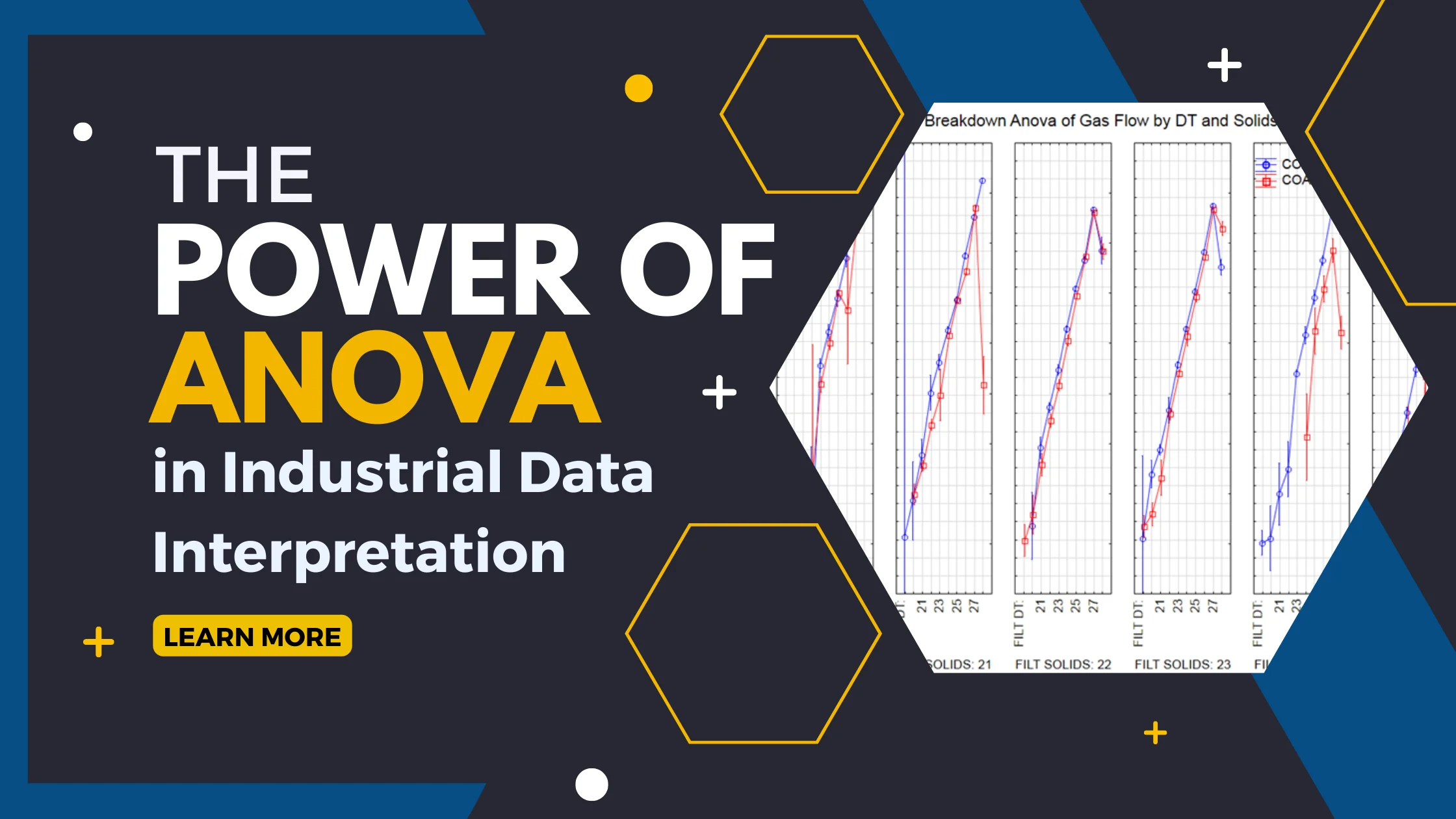There are many ways to analyze data, each with its own advantages and disadvantages. Over time, we have found that the most impactful data analysis is based on breakdown ANOVA. But what makes this technique so special? In this blog post, we will explore how ANOVA breakdown analysis can simplify data visualization and help to clarify complex scenarios.
An Introduction to ANOVA Breakdown Analysis
In an industrial context, visualizing multi-variable problems can be challenging. Moreover, interpreting data at a management level is often misleading. To address these challenges, there is a need for simplified data visualization strategies that allow for easy interpretation. This is where ANOVA breakdown analysis comes into action.
ANOVA (Analysis of Variance) is a statistical method used to compare means between two or more groups of data. In the case of industrial data, the input might be three variables – water content, throughput, and plant size/location – while the output could be energy usage and plant efficiency.
What’s unique about ANOVA breakdown analysis is its ability to break down complex interactions between input variables and output metrics into easy-to-interpret relationships. Instead of viewing multiple graphs and tables, one graph can present it all.
The Benefits of Using ANOVA Breakdown Analysis
Improved Data Visualization
One of the main benefits of using ANOVA breakdown analysis is that it simplifies data visualization. With only one graph, people can easily interpret the interaction relationships among input variables and their impact on different output metrics. It makes the process less cumbersome but more insightful!

Efficient Resource Allocation
Another perk of using ANOVA breakdown analysis is that it helps organizations allocate resources better. By revealing which inputs affect which outputs most significantly (and vice versa), companies gain more informed decisions that can maximize investment returns.
Increased Insightfulness
Because ANOVA breakdown analysis deciphers complex interactions into simpler definitions (i.e., understanding how different input variables contribute to obtaining specific outcomes), managers can make well-informed decisions in short order, creating greater clarity throughout the company.
Making the Most Out of Your ANOVA Results
Collecting Accurate Data
The accuracy of your results depends largely on the completeness and precision of your data collection processes. For example, using manual methods to collect data may produce errors at each stage, resulting in flawed data interpretations. If you want reliable analyses from your ANOVA methodology, consider incorporating automated or digital methods in your collection process.
Consider Multiple Factors And Interactions
It’s important not just to look at individual variables in isolation but consider how multiple inputs interact with each other when analyzing your data with ANOVA breakdown analysis. This way, you will get insights into how different combinations of variables affect particular output metrics.
Data Segmentation Can Improve Understanding
Data segmentation lets you examine various aspects under a single variable that would usually stay hidden within broader data segments. This technique can give businesses new perspectives on existing customer behaviours and preferences and identify emerging market trends.
Conclusion
Clever ways exist nowadays with plenty of methods available to create intricate models out of heaps of data. Yet we’ve discovered that comprehensive data analysis is founded on breaking down ANOVA through breakdown methodologies, particularly in industrial settings where visualizations tend to be quite complicated. Common sense is never redundant here: simplify analytics as much as possible!
To summarize, it’s no surprise that using an analytical tool like ANOVA breakdown analysis improves decision-making processes by making it easier to process what was once murky information quickly into clear-cut observations.
Business managers who leverage these techniques fully gain new perspectives on how they approach crucial business decisions; they start recognizing new opportunities that may otherwise have been overlooked when working with an overwhelming quantity of information.

